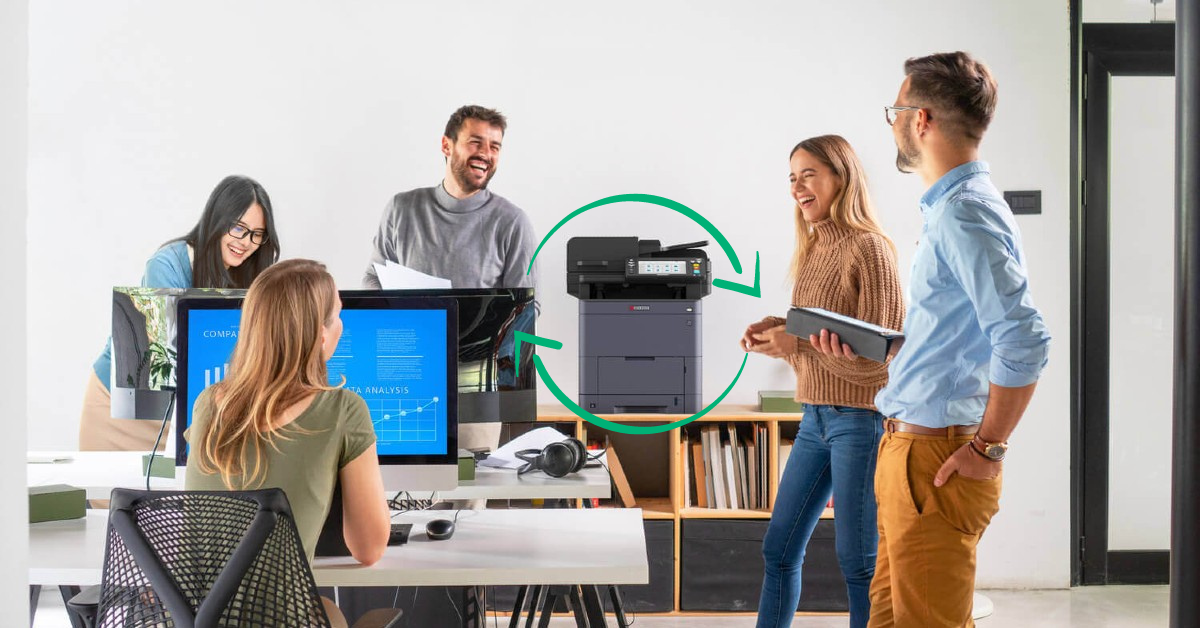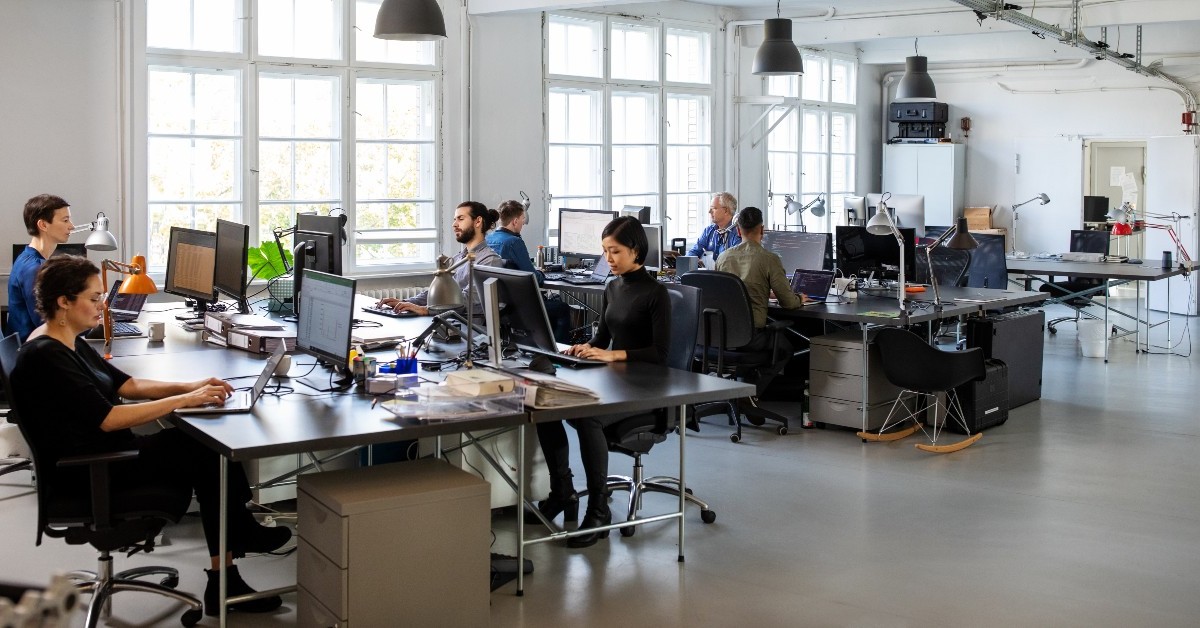
Every business worth its salt aims to incorporate more sustainable printing practices, not just in terms of being more environmentally friendly, but also in terms of reducing costs and overheads. Often the two go hand in hand, with efforts to be more eco-friendly also having a marked positive effect on a company’s bottom line.
Print management plays a huge role in office sustainability, with paper being one of the most consumed materials in the world. In fact, according to the 2016 National Waste Report, Australians generated a whopping 223 kilograms of paper and cardboard waste per capita.
Sustainable printing practices, when done well, can help dramatically cut down paper consumption and energy use. But when printing is managed in-house, this often results in wasted opportunities – meaning the business loses out not just on the environmental benefits, but the cost savings too.
How in-house print management is costing the environment (and your bottom line)
Inefficient approach
When attempting to reach goals for sustainable printing, it makes sense to implement those strategies that are going to have the biggest effect in the shortest amount of time, and with the least amount of effort.
But when managing printing in-house, it can be difficult to work out exactly what those strategies should be. Most businesses simply don’t have a full overview of their printing expenditure, as it can be difficult and time-consuming to collect and analyse this data.
This approach can lead you to overlook strategies that would be far more effective for your specific situation, and results in ‘best-guess’ sustainable printing practices that may not actually deliver the results you want.
Fragmented efforts
It is easy to become overly focused on one or two components of print management when dealing with it in-house. For example, you may want to reduce the amount of consumables (e.g. toner) that you use each month, and might therefore implement sustainable printing methods that address this specifically (such as encouraging employees to print emails in draft mode).
But sustainable printing goes far beyond simply how much paper and consumables are being used. For example, are the products themselves sustainable? Are your devices optimised for energy use? Could there be devices in your office that are being underutilised?
When not considered holistically, your efforts towards sustainable printing will only go so far.
Poor use of technology
Technology can play a huge role in sustainable printing practices, but it is often underutilised by businesses who manage their printing in-house.
This is, of course, understandable – it’s not easy to stay abreast of the latest industry developments – but it means your business may be missing out on solutions that can have a big effect on sustainability with minimal efforts from you and your staff.
How a managed print service (MPS) helps you reach your sustainability goals
Managed print services (MPS) take all the guesswork out of sustainable printing practices.
In a nutshell, they are services provided by an external provider that optimise your print devices to save money, improve workflows and run more efficiently while being eco-friendly. Here are just some of the ways a MPS can help you reach your sustainability goals.
Professional auditing
A MPS begins with a professional office audit, giving you a detailed data analysis of your current document output.
This provides a baseline, ensuring your ROI can be accurately determined, and also establishes where the most waste is occurring, so you can implement the sustainable printing methods that will have the biggest impact.
A holistic approach to print management
With a MPS, no stone is left unturned.
An MPS factors in all aspects of print management, including devices, consumables and software – even where devices should be positioned to achieve the highest efficiency.
This means you can address sustainability on several fronts, ensuring you reach your goals much faster.
Continuous monitoring
With a MPS, your print environment is constantly monitored through ongoing assessments, reports and consultations, so that it can be continually improved.
This means you can be confident that you're still making use of sustainable printing practices as well as ensuring the continuation of cost savings well into the future.
With KYOCERA’s MPS, South West Alliance of Rural Health have reported less waste, less storage of consumables and reduced costs.
“KYOCERA monitor the network for us and advise when consumables are needed, when service is required, and when and where there’s a paper jam, for instance,” said contract manager Dennis O’Malley.
“It has really simplified things for us, as the larger organisations on our network, in particular, were stocking huge quantities of toner and consumables. They don’t have to do that anymore, it’s all part of the maintenance agreement with KYOCERA, and that saves them money, time and effort.”
Managed Print Services is a flexible and scalable print solution that can meet the changing needs of your organisation in the new era of work. To learn how you can reduce your costs, minimise risk, improve your environmental footprint and gain greater control of your print environment, download our Managed Print Services Fact Sheet.









